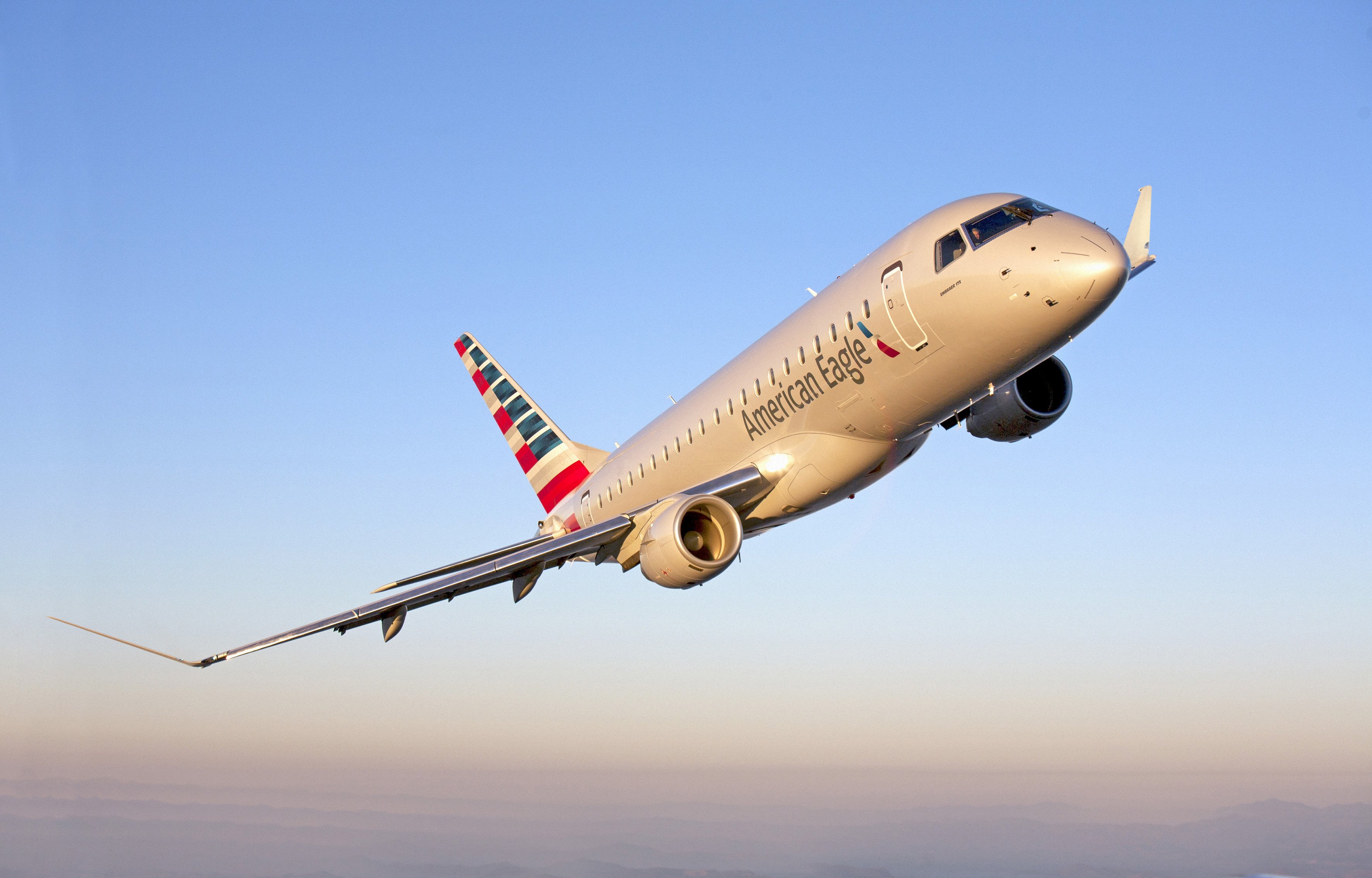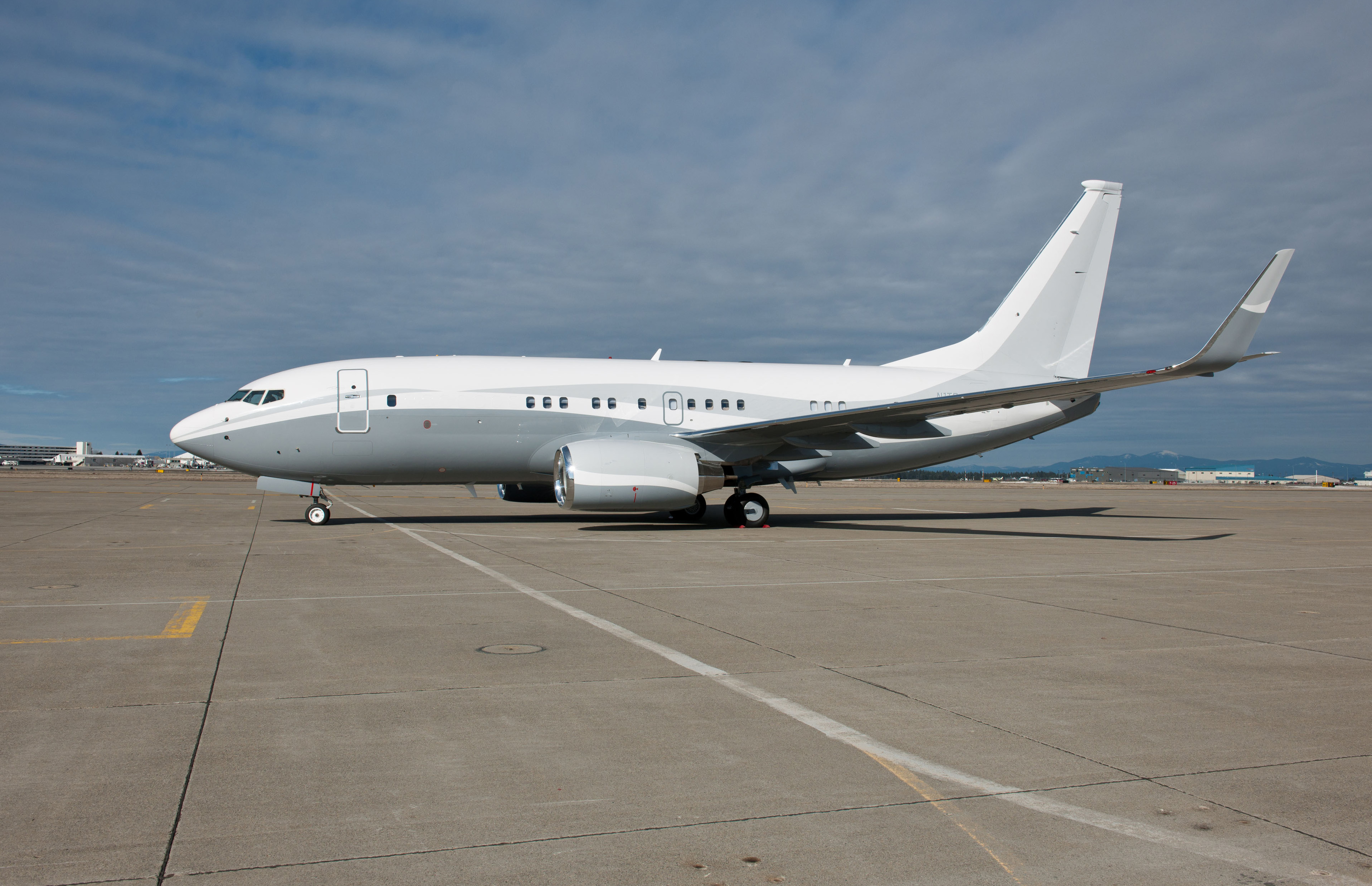Passenger Plane Design and Function

Passenger planes are complex machines that have revolutionized air travel, enabling people to travel long distances quickly and efficiently. Their design and function are intricately intertwined, with each component playing a crucial role in ensuring a safe and comfortable journey. This section will delve into the various types of passenger planes, their key components, the aerodynamic principles that govern their flight, and a visual representation of a plane with its labeled components.
Types of Passenger Planes
Passenger planes are categorized based on their size, range, and intended use. The most common types include:
- Narrow-body aircraft: These are smaller planes with a single aisle and typically seat between 100 and 200 passengers. They are often used for shorter-haul flights, such as domestic routes or regional connections.
- Wide-body aircraft: These are larger planes with two aisles and can seat over 200 passengers. They are commonly used for long-haul flights, such as transatlantic or transpacific routes.
- Regional jets: These are smaller jets designed for shorter-haul flights, typically serving regional routes or connecting smaller cities to major hubs. They usually seat between 50 and 100 passengers.
- Business jets: These are private jets designed for business travel and often feature luxurious interiors. They can accommodate a small number of passengers and have a long range, allowing them to travel to destinations worldwide.
Key Components of a Passenger Plane
Passenger planes are comprised of several essential components that work together to achieve flight:
- Fuselage: The fuselage is the main body of the plane, housing the cabin, cockpit, and cargo hold. It is typically made of lightweight, strong materials like aluminum or composites.
- Wings: The wings are responsible for generating lift, the force that allows the plane to overcome gravity and stay airborne. They are designed with a specific airfoil shape that creates a difference in air pressure above and below the wing, resulting in lift.
- Engines: The engines provide the thrust necessary to propel the plane forward. Modern passenger planes typically use jet engines, which operate by ingesting air, compressing it, and then burning fuel to create hot exhaust gases that generate thrust.
- Landing gear: The landing gear is the retractable system that allows the plane to take off and land safely. It consists of wheels and struts that are lowered during takeoff and landing and retracted during flight.
- Tail: The tail section of the plane houses the vertical and horizontal stabilizers, which provide stability and control during flight. The vertical stabilizer helps prevent the plane from rolling, while the horizontal stabilizer helps control the plane’s pitch.
Aerodynamic Principles of Flight
The flight of a passenger plane is governed by several aerodynamic principles:
- Lift: As the wings move through the air, the airfoil shape creates a difference in air pressure above and below the wing. This pressure difference, known as lift, pushes the plane upwards.
- Thrust: The engines generate thrust, which is the force that propels the plane forward. Thrust overcomes drag, the resistance of the air against the plane.
- Drag: Drag is the force that opposes the motion of the plane through the air. It is caused by friction between the plane and the air and is influenced by factors such as the plane’s shape and speed.
- Gravity: Gravity pulls the plane downwards, and lift must overcome this force for the plane to stay airborne.
Visual Representation of a Passenger Plane
[Image description: A diagram of a passenger plane with its key components labeled. The fuselage is the main body of the plane, housing the cabin, cockpit, and cargo hold. The wings are attached to the fuselage and are designed with a specific airfoil shape to generate lift. The engines are located on the wings and provide thrust to propel the plane forward. The landing gear is a retractable system that allows the plane to take off and land safely. The tail section of the plane houses the vertical and horizontal stabilizers, which provide stability and control during flight.]
Passenger Plane Operations and Safety

Passenger plane operations encompass a complex and meticulously planned process that ensures the safe and efficient transportation of passengers from one point to another. This involves a series of interconnected stages, from pre-flight preparations to post-flight procedures, all of which are governed by stringent safety regulations and protocols.
Stages of a Passenger Plane Flight
The journey of a passenger plane is divided into distinct stages, each with its specific procedures and requirements. These stages are:
- Pre-flight Preparations: This stage begins with the arrival of the aircraft at the gate and includes tasks such as:
- Pre-flight inspection by maintenance personnel
- Loading of baggage and cargo
- Boarding of passengers
- Final safety checks by the pilot and crew
- Taxiing: After pre-flight preparations, the aircraft is towed to the runway using its engines. The pilot communicates with air traffic control to receive clearance for takeoff.
- Takeoff: This is the most critical phase of the flight, where the aircraft accelerates to achieve lift-off speed and ascends into the air.
- Climb: Once airborne, the aircraft climbs to its designated cruising altitude, following a predetermined flight path.
- Cruise: The aircraft maintains a constant altitude and speed during the cruise phase, covering the majority of the flight distance.
- Descent: As the aircraft approaches its destination, it begins to descend, following a controlled trajectory.
- Approach: The aircraft enters the final stage of descent, aligning itself with the runway for landing.
- Landing: The aircraft touches down on the runway and gradually slows down to a complete stop.
- Taxiing to the Gate: After landing, the aircraft is taxied to the gate, where passengers disembark.
- Post-flight Procedures: This stage includes:
- Deboarding of passengers
- Unloading of baggage and cargo
- Post-flight inspection by maintenance personnel
Role of Air Traffic Control
Air traffic control plays a crucial role in ensuring the safety and efficiency of passenger plane operations. Air traffic controllers are responsible for:
- Managing the flow of aircraft in the airspace, preventing collisions and ensuring safe separation between planes.
- Issuing instructions to pilots, including takeoff and landing clearances, flight paths, and altitude changes.
- Monitoring weather conditions and providing pilots with updates and advisories.
- Coordinating with other air traffic control facilities to ensure seamless transitions between airspace sectors.
Safety Measures and Regulations, Passenger plane
Passenger plane operations are subject to stringent safety measures and regulations enforced by aviation authorities worldwide. These measures include:
- Aircraft Certification: All passenger planes undergo rigorous certification processes to ensure they meet safety standards.
- Pilot Training and Licensing: Pilots must undergo extensive training and obtain licenses that demonstrate their competency and expertise.
- Maintenance and Inspections: Aircraft undergo regular maintenance and inspections to ensure they are in airworthy condition.
- Safety Procedures: Pilots and crew members are trained in safety procedures, including emergency response protocols.
- Security Measures: Strict security measures are implemented at airports and on board aircraft to prevent terrorism and other threats.
- Data Recording and Analysis: Flight data recorders (black boxes) capture information about the aircraft’s performance and operations, which is analyzed to identify potential safety hazards.
Emergency and Incident Procedures
Passenger plane operations are not immune to emergencies and incidents. Comprehensive procedures are in place to deal with such situations:
- Emergency Response Plans: Airlines and airports have detailed emergency response plans to address various scenarios, including engine failure, medical emergencies, and security threats.
- Emergency Equipment: Aircraft are equipped with emergency equipment, such as life rafts, oxygen masks, and fire extinguishers, to aid passengers and crew in case of emergencies.
- Communication Systems: Aircraft are equipped with communication systems that allow pilots to communicate with air traffic control, ground personnel, and other aircraft in case of emergencies.
- Training and Drills: Pilots and crew members undergo regular training and drills to prepare for emergency situations.
- Incident Investigation: Aviation authorities investigate all incidents and accidents to identify causes and implement corrective measures to prevent future occurrences.
Imagine a passenger plane soaring through the clouds, a symbol of freedom and travel. But just like a plane needs a steady hand on the controls, so too do public figures need to navigate the turbulent waters of public discourse.
A fascinating example of this is the trump press conference , where the art of communication, much like piloting a plane, can determine the course of events. Just as a pilot must maintain course and altitude, a public figure must navigate the complex terrain of public opinion.
Passenger planes are marvels of engineering, transporting millions across the globe each day. But beyond the mechanics, it’s the human element that truly drives these journeys. Think of David Muir, a renowned journalist whose insightful reporting david muir brings the world to our living rooms, much like a passenger plane connects distant lands.
Just as David Muir’s words paint vivid pictures, a plane’s journey carries stories, hopes, and dreams, making the world a smaller, more interconnected place.
